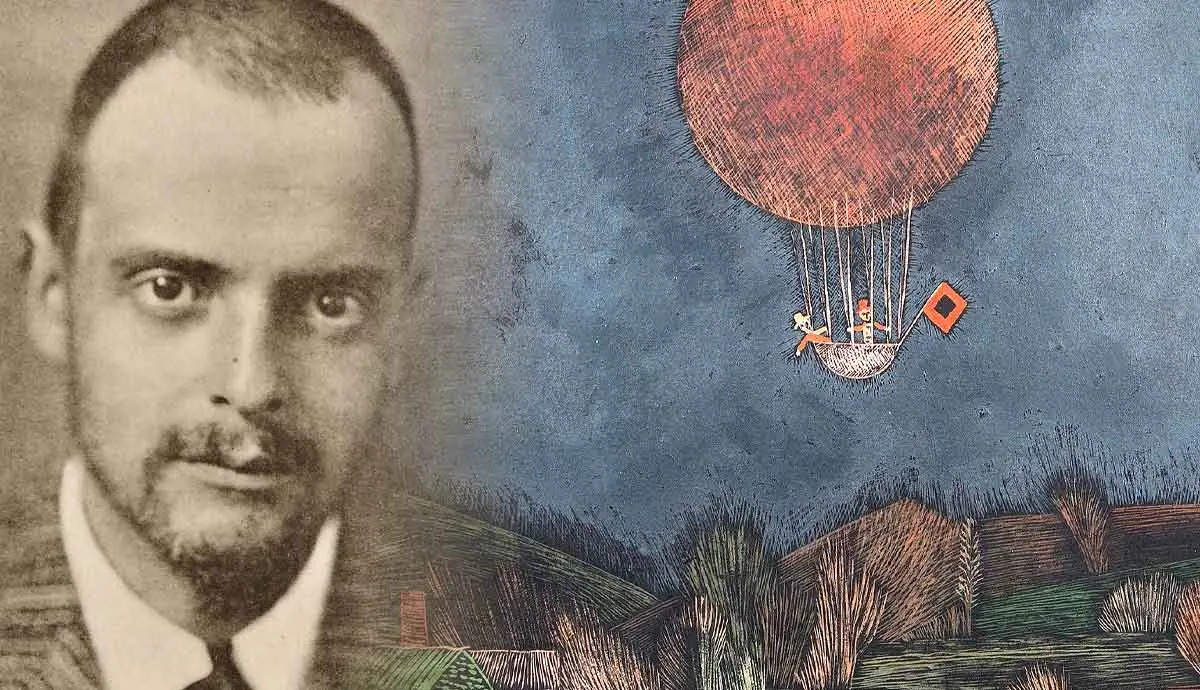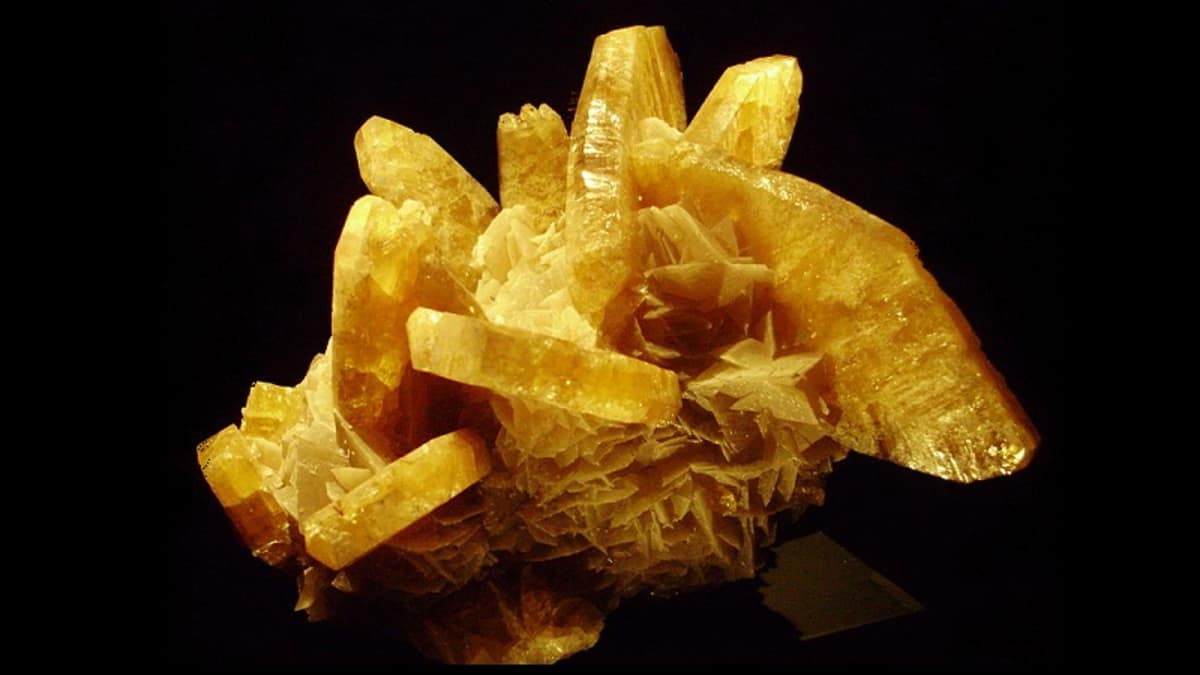
Ever wondered about the mastermind behind some of the most intriguing paintings of the 20th century? Paul Klee, a Swiss-born artist, has left an indelible mark on the art world with his unique blend of color, form, and line. But what's the story behind this creative genius? From his early influences to his profound impact on modern art, there's so much more to Klee than meets the eye. Did you know he was also a talented musician? Or that his work was once labeled as "degenerate" by the Nazis? Buckle up, art enthusiasts, as we dive into the fascinating world of Paul Klee, uncovering 24 remarkable facts that paint a vivid picture of his life, his art, and his legacy. Get ready to be amazed by the depth and diversity of Klee's world, where every canvas tells a story and every brushstroke reveals a piece of history.
Key Takeaways:
- Paul Klee, a Swiss painter, created vibrant and whimsical art that defied categorization. His influence on modern art and dedication to creativity continue to inspire artists worldwide.
- Despite facing challenges, Paul Klee remained prolific and resilient, creating over 10,000 works of art. His legacy as a versatile and influential artist endures today.
Who Was Paul Klee?
Paul Klee, a Swiss-born painter, left an indelible mark on the art world with his unique style that defied categorization. Born on December 18, 1879, in Münchenbuchsee, Switzerland, Klee was involved in various movements, including Expressionism, Cubism, and Surrealism. His work is known for its innovation, depth, and whimsical nature, making him a pivotal figure in modern art.
Early Life and Education
-
Klee was deeply influenced by music from a young age, thanks to his parents, who were both musicians. This early exposure to creativity played a significant role in shaping his artistic approach.
-
Despite his musical talents, Klee chose to pursue visual arts, studying at the Academy of Fine Arts in Munich. This decision marked the beginning of a prolific career that would span several decades.
Klee's Artistic Journey
-
Klee's art is often noted for its use of color theory, which he developed further after a transformative trip to Tunisia in 1914. The light and landscape of Tunisia profoundly impacted his use of color, leading to some of his most vibrant works.
-
He was a master at blending different art movements, creating a unique style that was both avant-garde and deeply personal. His works often featured geometric shapes, whimsical figures, and abstracted landscapes.
-
Klee's teaching career at the Bauhaus school from 1921 to 1931 was also significant. Here, he influenced a generation of artists with his innovative theories on color and form.
Challenges and Triumphs
-
Klee's career faced challenges, especially with the rise of the Nazi regime in Germany. His art was deemed "degenerate," and he was forced to leave his teaching position. This period was marked by both personal and professional turmoil.
-
Despite these challenges, Klee remained prolific, creating some of his most compelling work during this time. His resilience in the face of adversity is a testament to his dedication to his craft.
Legacy and Influence
-
Klee's influence on modern art cannot be overstated. His exploration of color, line, and form has inspired countless artists and continues to captivate audiences around the world.
-
His work is held in major collections and museums, including the Museum of Modern Art in New York and the Zentrum Paul Klee in Bern, Switzerland, dedicated to his life and art.
-
Klee's writings on art theory, particularly his Pedagogical Sketchbook, remain influential in art education, offering insights into his creative process and artistic philosophy.
Fascinating Facts About Paul Klee
-
Klee was an avid musician, playing the violin as a child and often integrating musical themes into his artwork.
-
He created over 10,000 works of art during his lifetime, showcasing his extraordinary productivity and creativity.
-
Klee's son, Felix Klee, worked to preserve his father's legacy after his death, contributing to the establishment of the Zentrum Paul Klee.
-
Despite his Swiss nationality, Klee spent a significant portion of his career in Germany, where he became associated with the Blaue Reiter (Blue Rider) group, an influential art movement.
-
Klee's work was not just limited to painting; he also excelled in drawing and printmaking, demonstrating his versatility as an artist.
-
He had a profound interest in children's art, believing in the purity and authenticity of their creative expression. This interest influenced his own stylistic development.
-
Klee's art was not immediately commercially successful, but he gradually gained recognition and respect within the art community, eventually becoming one of the most celebrated artists of the 20th century.
-
He was known for his wit and humor, which often reflected in his art, titles, and writings, adding another layer of depth to his work.
-
Klee's health challenges, including a debilitating disease in his later years, influenced the themes and mood of his later works, adding a poignant touch to his legacy.
-
He was deeply philosophical about art and its role in society, often engaging in thoughtful discussions and writings on the subject.
-
Klee's style evolved significantly over his career, from his early works influenced by expressionism to his later, more abstract compositions.
-
His fascination with color theory led him to develop a complex understanding of color's emotional and expressive qualities, which he applied masterfully in his art.
-
Klee's contribution to modern art was not just through his paintings but also through his teachings, which have shaped the principles of modern art education.
-
Despite the challenges he faced, including critical periods of war and political unrest, Klee's work remains a symbol of resilience, innovation, and the enduring power of creativity.
A Final Brushstroke on Paul Klee's Legacy
Paul Klee, a master of color and form, left an indelible mark on the art world. His innovative techniques and philosophical approach to art have inspired generations of artists and art lovers alike. Klee's work, characterized by its whimsy and depth, challenges viewers to see beyond the surface. His legacy, rich with over 9,000 pieces of art, continues to fascinate and influence the contemporary art scene. As we've journeyed through the vibrant and complex world of Klee, it's clear his contributions were not just paintings on a canvas but windows into a profound understanding of the artistic soul. His teachings at the Bauhaus school underscore his commitment to exploring the boundaries of art, making his influence timeless. Klee's art remains a testament to the power of creativity, urging us to explore the depths of our own imagination.
Frequently Asked Questions
Was this page helpful?
Our commitment to delivering trustworthy and engaging content is at the heart of what we do. Each fact on our site is contributed by real users like you, bringing a wealth of diverse insights and information. To ensure the highest standards of accuracy and reliability, our dedicated editors meticulously review each submission. This process guarantees that the facts we share are not only fascinating but also credible. Trust in our commitment to quality and authenticity as you explore and learn with us.


